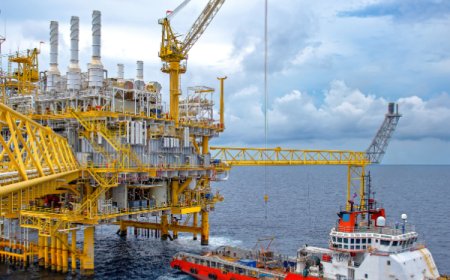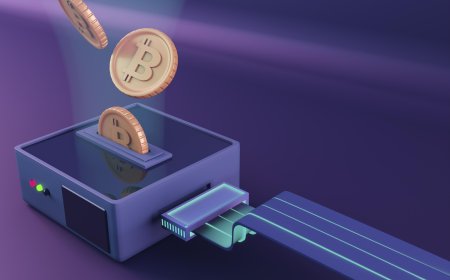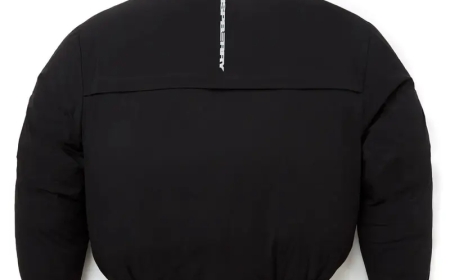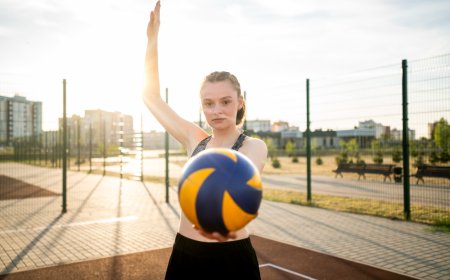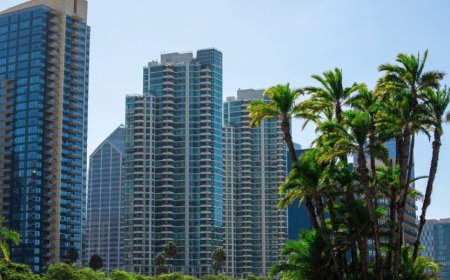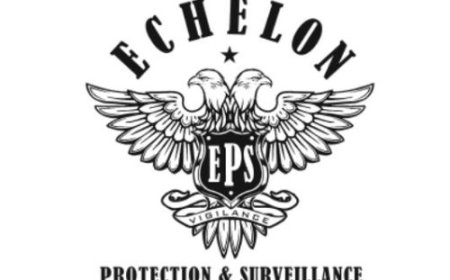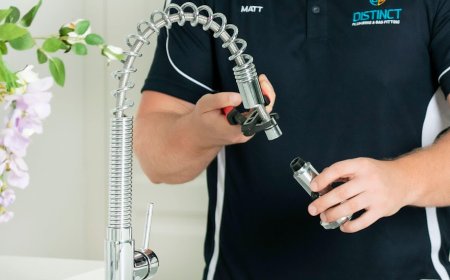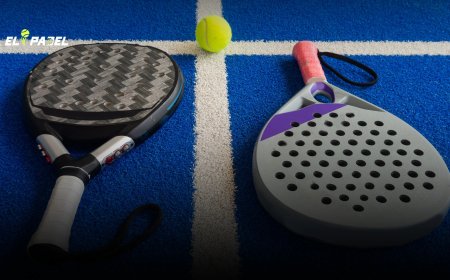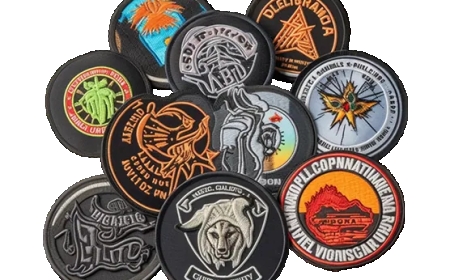Transforming Outdoor Spaces With Artificial Grass: A Modern Landscaping Solution

In recent years, artificial grass has evolved from a novelty into a mainstream landscaping material for both residential
This article explores how artificial grass is transforming outdoor spaces and why professionalartificial grass installationis key to achieving the best results.
The Rise of Artificial Turf in Landscaping
Artificial turf has come a long way from the rigid, bright green surfaces once used in sports arenas. Todays synthetic grass is soft, natural-looking, and engineered for a variety of usesfrom home lawns and balconies to rooftop gardens, pool surrounds, and playgrounds.
Homeowners are increasingly turning to artificial turf to combat challenges like:
- Patchy natural lawns due to poor soil or shade
- High water bills and drought restrictions
- Mud and mess caused by pets
- The time and expense of regular lawn maintenance
As a result, artificial grass is no longer a compromiseit's an upgrade.
Advantages of Artificial Grass Over Natural Lawns
Before investing in artificial grass, its important to understand the full range of benefits it offers:
1.Water Savings
In many areas, outdoor watering accounts for more than half of residential water use. Artificial grass eliminates this need entirely, making it a sustainable choice in drought-prone climates.
2.Low Maintenance
Forget mowing, edging, reseeding, and fertilizing. Artificial turf maintains its shape and color with minimal effortjust occasional brushing and rinsing.
3.All-Season Usability
Whether its the peak of summer or the dead of winter, artificial turf stays green and usable. It doesnt brown in the heat or turn to mud after rain.
4.Pet & Kid Friendly
High-quality artificial turf is non-toxic, hypoallergenic, and free from fertilizers or pesticides. Some products are designed specifically for pet areas with odor-control infill and antimicrobial backing.
5.Durability
Artificial grass is designed to endure heavy foot traffic. With proper installation, it can last 1520 years or more without significant fading or wear.
Ideal Applications for Artificial Turf
Artificial grass isnt just for lawns. Here are some creative ways to incorporate it into your outdoor spaces:
- Rooftop Gardens: Lightweight and visually appealing, turf adds a green touch without structural overload.
- Poolside Areas: Slip-resistant and cooler than concrete, it offers comfort and style.
- Balconies and Patios: Add warmth and greenery to small spaces.
- Pet Runs: Easy to clean and mud-free.
- Putting Greens: Custom turf allows for backyard golf practice with realistic roll and bounce.
The Importance of Professional Artificial Grass Installation
While some homeowners attempt DIY turf installation, professional services ensure the best performance, appearance, and longevity.
Key Steps in a Professional Installation:
- Site Assessment & Planning
- A trained installer evaluates soil condition, drainage, sunlight exposure, and slope to determine the best approach.
- Ground Preparation
- This includes excavation, removal of natural grass, and creating a level sub-base of crushed stone or granite for stability and drainage.
- Weed Barrier Installation
- A durable weed membrane is added to prevent regrowth while still allowing water to pass through.
- Laying & Securing Turf
- Artificial turf is carefully measured, trimmed, and seamed using professional adhesives and tools to ensure no gaps or buckling.
- Infill Application
- A layer of infill material (sand, rubber, or organic alternatives) is brushed into the grass to help blades stand upright and provide cushioning.
- Final Grooming
- The turf is brushed and adjusted to ensure a seamless and natural look.
Professional installation also typically includes a warranty, giving you peace of mind about the longevity of your investment.
Cost Considerations
Artificial grass installation varies based on the size of the area, the type of turf selected, and local labor costs. On average, homeowners can expect to spend$8 to $15 per square footfor full-service installation, including materials, labor, and base preparation.
While the initial cost is higher than sod or seeding, artificial grass pays for itself over time through savings on water, fertilizers, and lawn care equipment.
Maintenance Tips to Extend the Life of Your Turf
Even though artificial turf is low-maintenance, a little upkeep will keep it looking fresh for years:
- Rinse regularlyto remove dust, pollen, or pet waste.
- Brush fibersin high-traffic areas to prevent flattening.
- Remove debrislike leaves and twigs with a leaf blower or plastic rake.
- Check seams and edgesannually for any lifting or damage.
Final Thoughts
Artificial grassis more than a landscaping trendits a functional, stylish, and eco-conscious choice for transforming outdoor spaces. From backyard retreats to commercial courtyards, synthetic turf offers unmatched convenience and aesthetic appeal.
Whether you're seeking to reduce your environmental impact or simply want to enjoy a lush, green yard without the hassle, artificial grass is a smart solution. And with professional artificial grass installation, you can ensure your new lawn is built to last.



